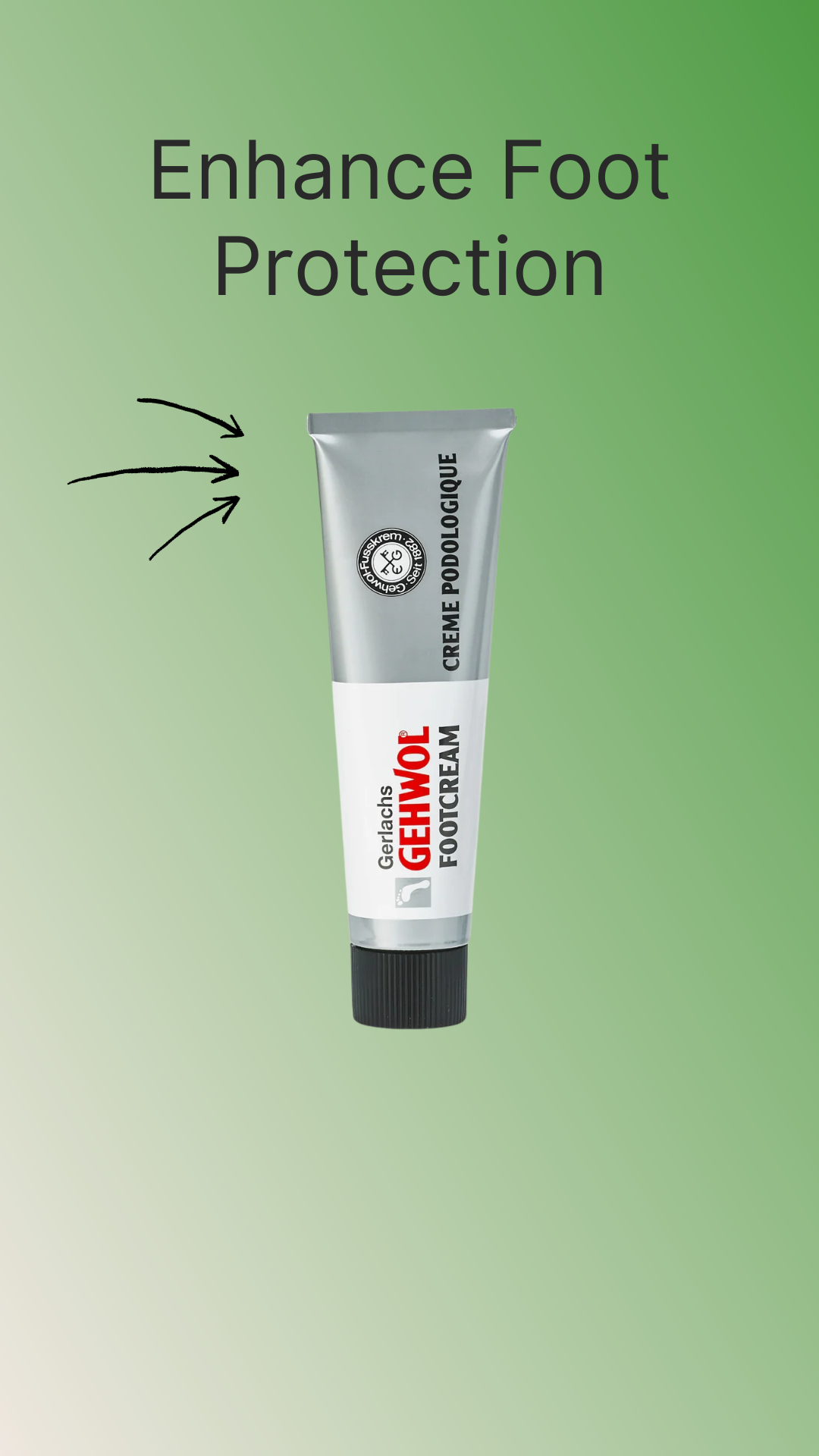Introduction
Charcot foot, also known as Charcot arthropathy, is a rare but serious complication of diabetes that weakens the bones in the foot. Over time, the bones can fracture, collapse, and change shape, leading to instability and deformity. This condition often develops in people with diabetic neuropathy, where nerve damage reduces sensation in the feet. Because patients may not feel pain, injuries can go unnoticed and worsen.
For individuals living with Charcot foot in the UK, proper footwear is critical. Ill-fitting shoes can accelerate damage, cause ulcers, and increase the risk of infections or even amputation. On the other hand, protective orthopedic shoes designed for Charcot foot provide stability, cushioning, and pressure relief, allowing wearers to walk more safely and comfortably.
This blog explores why Charcot foot requires specialist footwear, the key features of the best shoes, and how the right designs can make daily life safer for people managing this condition.
Why Shoes Are Essential for Charcot Foot
Protection from Injury
Because many patients with Charcot foot have reduced sensation, they may not notice cuts, blisters, or pressure points. Orthopedic shoes provide seamless linings and cushioned interiors to protect delicate skin.
Stability for Weakened Bones
As Charcot foot causes bone collapse, the foot becomes less stable. Shoes with firm heel support, rigid outsoles, and wider bases help reduce the risk of imbalance and falls.
Pressure Relief
Uneven weight distribution can cause ulcers. Shoes with cushioned insoles and rocker soles reduce pressure on high-risk areas, protecting vulnerable feet.
Accommodation of Deformities
Charcot foot can lead to swelling, arch collapse, or changes in foot shape. Extra-depth orthopedic shoes allow for these variations while preventing rubbing or restriction.
Compatibility with Orthotics & Braces
Many patients require custom orthotics, CROW boots, or braces. Shoes with removable insoles and wide openings make it easier to use these devices comfortably.
Key Features of the Best Shoes for Charcot Foot in the UK
Extra Depth & Width
Shoes must have additional space to accommodate swelling, deformities, or medical orthotics.
Triple-Layer Protection
-
Outer leather layer: durability and breathability.
-
Memory foam mid-layer: absorbs impact and adapts to foot shape.
-
Seamless lining: prevents ulcers, blisters, and friction.
Rocker Bottom Soles
These support smoother walking by reducing pressure on the forefoot and heel, helping people move more naturally despite limited mobility.
Rigid, Non-Slip Outsoles
A strong outsole stabilises the foot while providing slip resistance on outdoor and indoor surfaces.
Easy Closures
Velcro straps or zips make shoes easier to put on, especially for patients with reduced dexterity or swelling.
Lightweight but Supportive
Although shoes must be protective, they should not be overly heavy, as this increases fatigue.

Everyday Benefits of Charcot Foot Shoes
-
Reduced ulcer risk: Soft interiors protect skin from pressure and friction.
-
Safer walking: Rigid soles and stable bases reduce the chance of trips or falls.
-
Customisation: Removable insoles allow for prescription orthotics.
-
Improved independence: Easy-to-use fastenings enable wearers to dress without assistance.
-
Peace of mind: Proper footwear helps prevent complications and supports long-term health.
Lifestyle Scenarios
-
Daily errands: Orthopedic shoes make shopping, commuting, or visiting friends safer.
-
Healthcare visits: Supportive footwear reduces fatigue during hospital or clinic trips.
-
At home: Many patients wear orthopedic shoes indoors for constant protection.
-
Outdoor walks: Stable soles allow people with Charcot foot to enjoy gentle exercise without fear of injury.
FAQ – Shoes for Charcot Foot
Q: Can normal orthopedic shoes work for Charcot foot?
A: No, standard orthopedic shoes may not provide the depth, rigidity, or protection required. Shoes designed for diabetic and Charcot conditions are essential.
Q: Are rocker soles safe for Charcot patients?
A: Yes, when properly fitted, rocker soles reduce pressure on high-risk areas and support smoother walking.
Q: Do I need custom-made shoes for Charcot foot?
A: In some severe cases, yes. However, many extra-depth orthopedic shoes available in the UK are suitable for moderate cases. Always consult your healthcare professional.
Q: Should Charcot foot shoes be worn indoors?
A: Yes, continuous protection is recommended to prevent injuries or unnoticed damage.
Q: How often should Charcot shoes be replaced?
A: Typically every 12 months, or sooner if the sole wears down. Shoes must always provide firm support and protection.
Q: Can Charcot foot shoes look stylish?
A: Yes, modern designs blend medical function with smart aesthetics, so patients don’t feel self-conscious about their footwear.
Final Thoughts
Charcot foot is a serious condition that requires careful management, and footwear plays a vital role in protecting vulnerable feet. The best shoes for Charcot foot in the UK combine extra depth, cushioned protection, rocker soles, and rigid outsoles to reduce the risk of ulcers, fractures, and imbalance.
By investing in protective diabetic-friendly footwear, patients can reduce complications, walk more confidently, and preserve independence in daily life. Shoes may not cure Charcot foot, but they are an essential tool in keeping feet safe and healthy.



